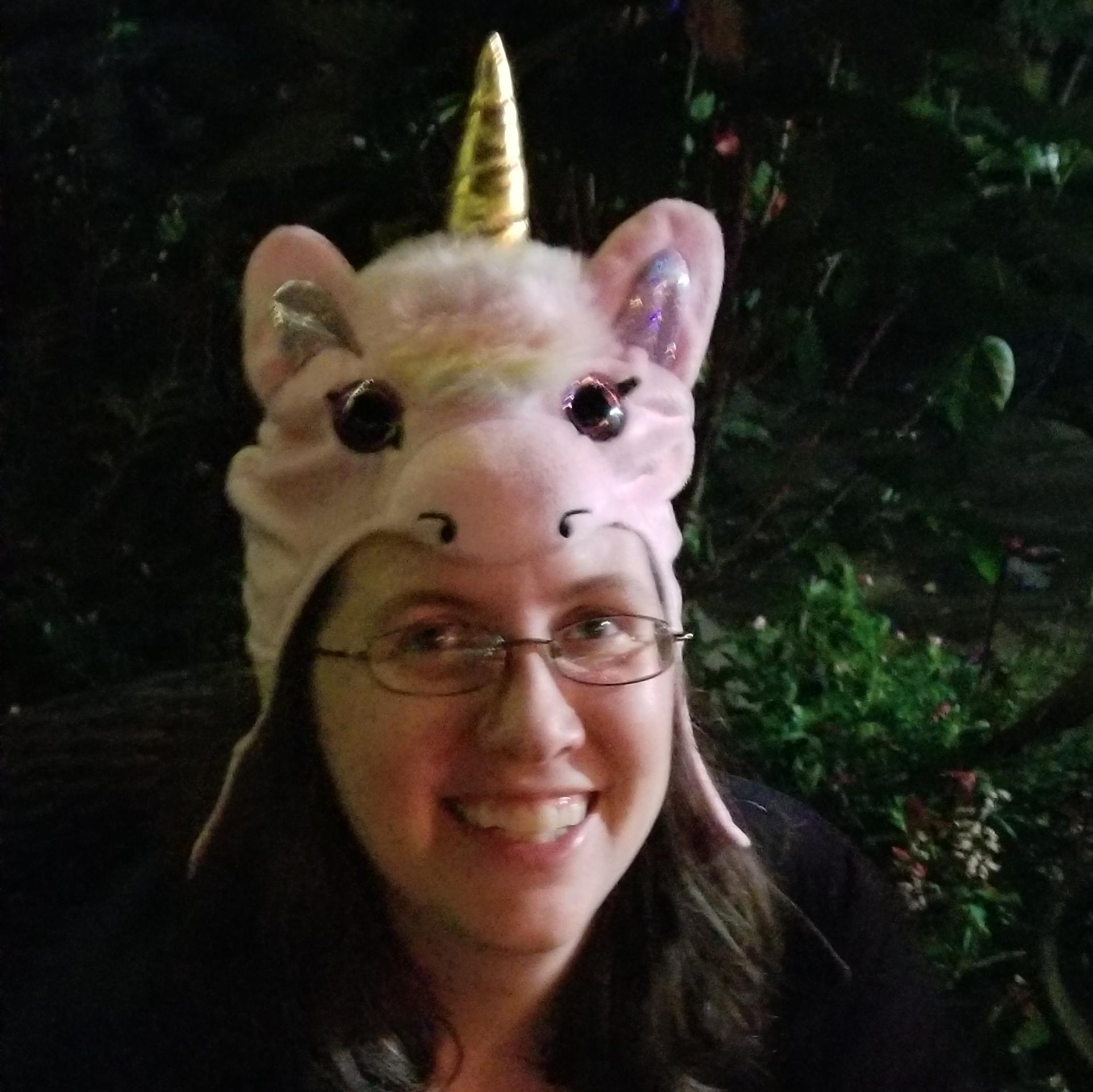Jeweled Constructor Ants
Nature's little Masons
Alright, got your order right... here. That's 50 pounds of bones, three pairs of thick hide gloves, three sets of steel forceps, one small size half-inch thick steel container, and... ah yes, one Feathersteel formicarium. Complete with optional gemstone sight-glass, and double-thick walls. I wish you luck with your Gem Ant farm!Found exclusively in the northern mountainous regions of Artazia and Varzen is species of ants known as Constructor Ants. These strong jawed ants use their mandibles and natural enzymes to able to chew their way through almost any stone, reshaping it to suit. The enzyme, located in the ants abdomen, turns minerals into a slurry that rearranges its molecular construction, resulting in far stronger organization when the slurry dries. With this method the ants are able to reshape stone to create complex rocky tunnels, fortify weak sections of ground, and even reinforce their own exoskeleton -- including their mandibles. Over many years of observation, researchers found that giving certain colonies a large amount of silica in an oxygen rich environment results in the Constructor Ants building beautiful nests from crystal. These specific ants have been named Jeweled Constructor Ants -- named for these resulting forms of crystal and gemstone.
You can't just keep a colony of Rock Ants in a glass container, they'll chew right through it and then you lose your entire colony. What we recommend is a good steel enclosure, or if you can afford it, Feathersteel. The Ants really struggle to burrow through anything super hard, and their enzyme doesn't appear to affect either steel or feathersteel.
Diet
First impressions of these ants might lead one to believe that their diet consists of stone and minerals, though Constructor Ants will eat just about anything. Most often they are found scavenging from corpses, taking morsels back into their nest to consume and share among the rest of the colony. What the ants eat has effect on the enzyme the ant produces, and if an ant eats a diet high in carbon, the resulting reformed rock or crystal will become much harder. Ant Keepers have worked out an optimal food source of bones for these ants, as it is high in carbon -- and the calcium, collagen, and amino acids found in the bones provide sufficient nutrition to the ants.I like to put a little bit of iron filings in with em. Can be hard to get the concentrations right, but if you nail it your ants make these lovely, deep blue gemstones that everyone seems to love!
Breeder's Choice and Market Trends
The discovery that carbon affects the resulting crystals made by the ants has led some Ant Keepers to experiment with adding other elements to the ants environment, to see what happens. The addition of powdered metals has proven to be most effective in changing the crystal colours -- with metals such as iron, chromium, or copper being the most popular to use.


Attempted Sabotage
Occasionally, someone sees the abilities of Constructor Ants as containing great strategic potential, and thinks that the ants could be picked up and moved in ant-proof containers to a spot they want destroyed. Full colonies have been harvested from Artazian mountains, transplanted to places like a rival convenience store, the house of an ex lover, or even the deck of an enemy battleship. The would-be destruction is most often cancelled out by the reinforcing done by the ants, and the end result is more of an annoying pest problem than a catastrophic act of sabotage.A Mistake Made Once
Hmmm... I wonder...It was late at night, after a long evening of drinks at a local pub, when one Constructor Ant Keeper had the ill-fated idea to try and create Ichor Crystals with his ants. The Keeper paid a Catalurgist a hefty sum for some Ichor, blood taken from the God-husks, and took it home to his ants. The idea was to pour the Ichor in with the ants, and let them do the rest of the work of breaking it down and reforming it into crystals that the Keeper was sure would prove powerful and valuable. Instead what happened was a swift, sudden outbreak of overgrown Rendling ants terrorizing the locals -- a mess that took the Legion three months to clean up.
Woah... how on earth did you get your ants to make crystals that glow?















This is such a fun and interesting idea! I can see how people could dedicate themselves to the raising of these ants and harvesting of the crystals they form. The details of what organic or nonoraginic compounds really give the sense that this is a really interest one could engage in. Ants are fascinating in the plain variety so adding the ability to eat stone and create crystals is so cool. I love the art you chose as well. Wonderful work! Hayley ^_^
Thank you so much Hayley, really glad you enjoyed it! Ants really are fascinating, it made these ones really fun to write about. I'm thinking of ways to go back in and add more detail after summer camp too, I feel there's still plenty to write about them!
That's really cool Stormbril, I will be keeping an eye for it in my notifications. I'd love to read more on these little guys. Hayley ^_^